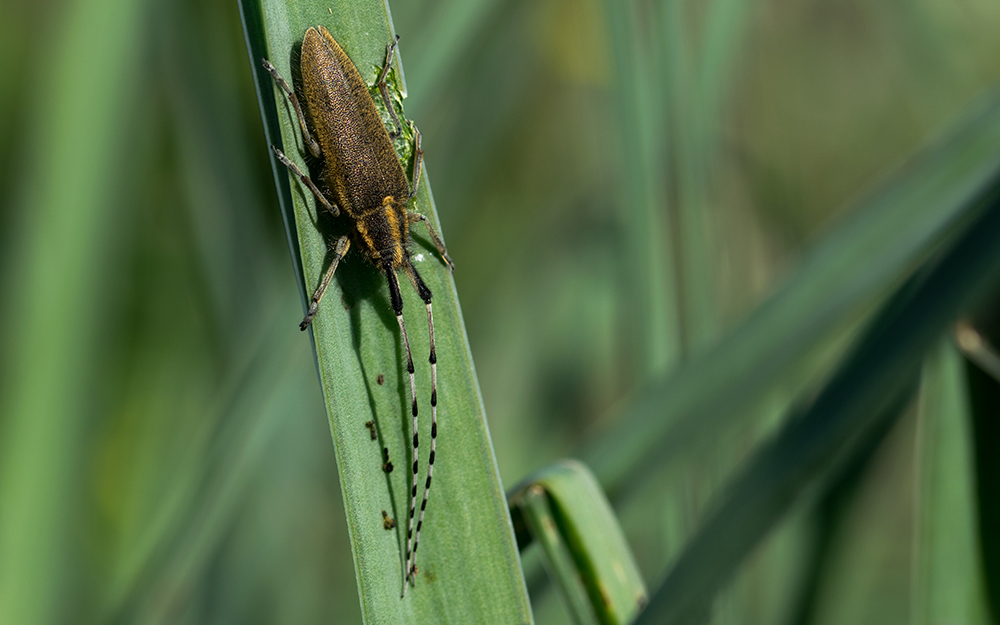Unveiling the Rice Weevil: Tiny Pests with a Big Impact
Rice weevils might be one of the smallest pests in the pantry, but their impact on stored grains can be substantial. Understanding these pests, recognizing their presence, and knowing how to manage them effectively are crucial for homeowners, farmers, and anyone who deals with grain storage. Here’s a detailed guide to identifying, understanding, and combating rice weevils.
What Are Rice Weevils?
Rice weevils belong to the genus Sitophilus, which includes several species known for infesting dry foods. Unlike their relatives, such as granary weevils, rice weevils are capable of flight, which aids their spread. Fortunately, they are not known to bite, sting, or transmit diseases. Their primary threat is food, specifically grains.
Identifying Rice Weevils
Physical Description:
Rice weevils are tiny insects, barely reaching an eighth of an inch in length. Their dark bodies and small size make them difficult to spot without magnification. Features to look for include:
- A distinctive long, curved snout (rostrum)
- Six legs and two short antennae that bend in front of the eyes
- Four reddish-orange patches on their sides, although these are hard to see without a microscope
Preferred Habitats
Rice weevils thrive in warm climates and are less common in colder regions where wheat weevils might predominate. They are particularly drawn to environments that offer large, consistent food sources like bags of rice or other grains. They create a niche for themselves and their larvae within these grains, making infestations hard to detect initially.
The Problem with Rice Weevils
Rice weevils are a significant concern in agricultural settings such as warehouses, grain silos, and farms, as well as in homes. They can quickly colonize and destroy stored products due to their short breeding cycles and the protective way females seal their eggs within grains. This damages the grains and can lead to widespread infestation before detection.
Effective Control and Prevention Strategies
Early Detection:
Catching an infestation early is key. Look for signs like hollowed grains, adult weevils in the pantry, or larvae within grains. The sooner you identify a problem, the easier it is to control.
Preventive Measures:
- Store all grains and dry foods in airtight containers to prevent weevils from entering.
- Regularly inspect your pantry and grain storage areas for signs of infestation.
- Consider freezing or heating new grains before storage to kill any hidden weevils.
Eradication Techniques:
- Discard infested food products immediately to prevent the spread.
- Clean all storage areas thoroughly to remove any remaining eggs or larvae.
- For persistent problems, professional pest control may be necessary, especially to handle treatments safely around food.
Common Questions About Rice Weevils
Do Rice Weevils Only Eat Rice?
No, rice weevils can infest a variety of dry goods, including corn, beans, and nuts. They prefer dry, starchy foods but are not limited to rice.
Are Rice Weevils Durable?
Rice weevils can seem surprisingly resilient. Shaking a bag of infested rice may cause them to play dead, but only high temperatures or professional treatments will effectively kill them.
Conclusion: Stay Vigilant
Rice weevils, though tiny, can cause considerable damage if left unchecked. Regular monitoring, proper storage, and quick action are essential to protect your pantry and grain supplies from these pervasive pests. If you suspect an infestation, don’t hesitate to seek professional advice to ensure your food remains safe and pest-free.





